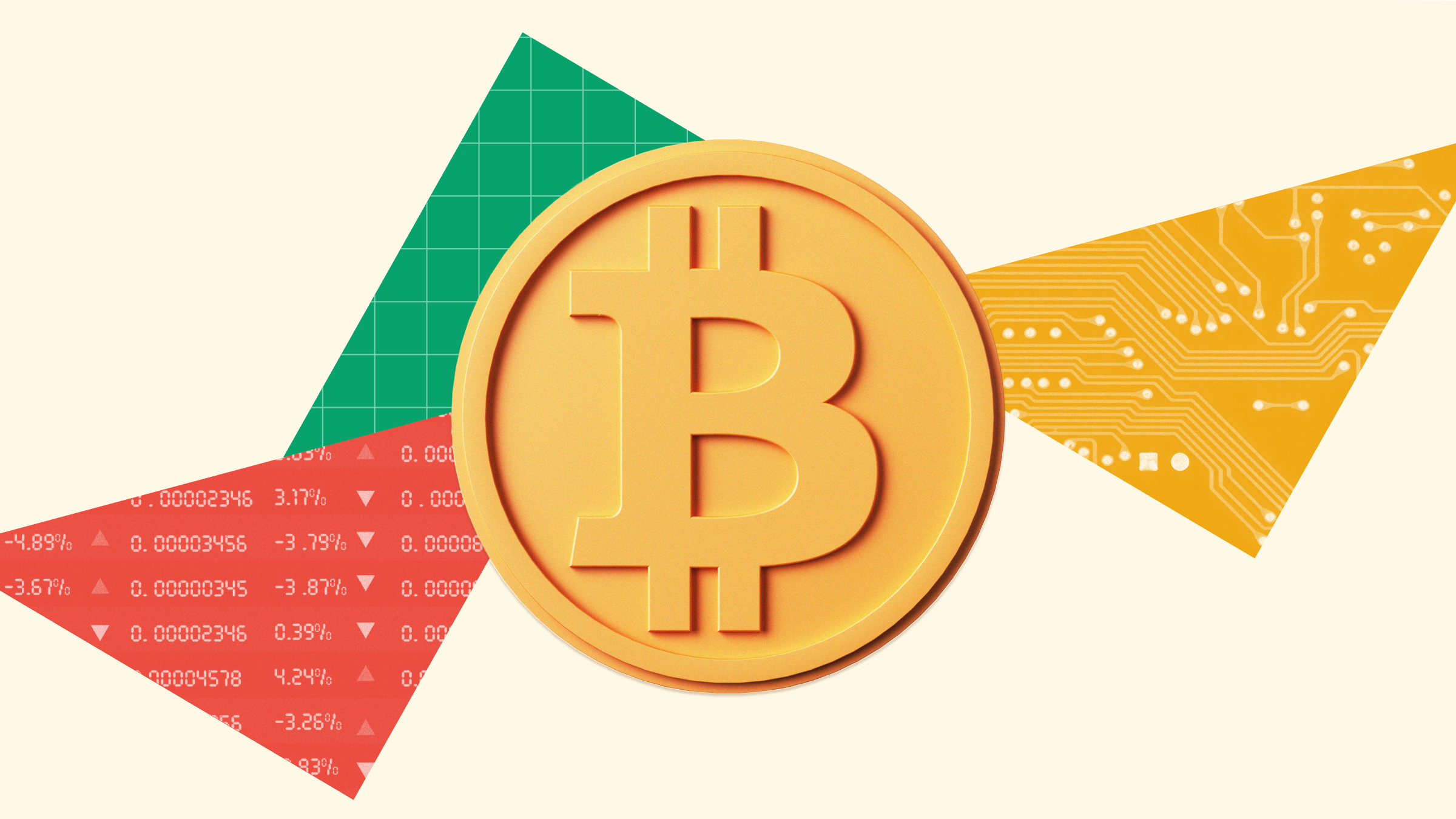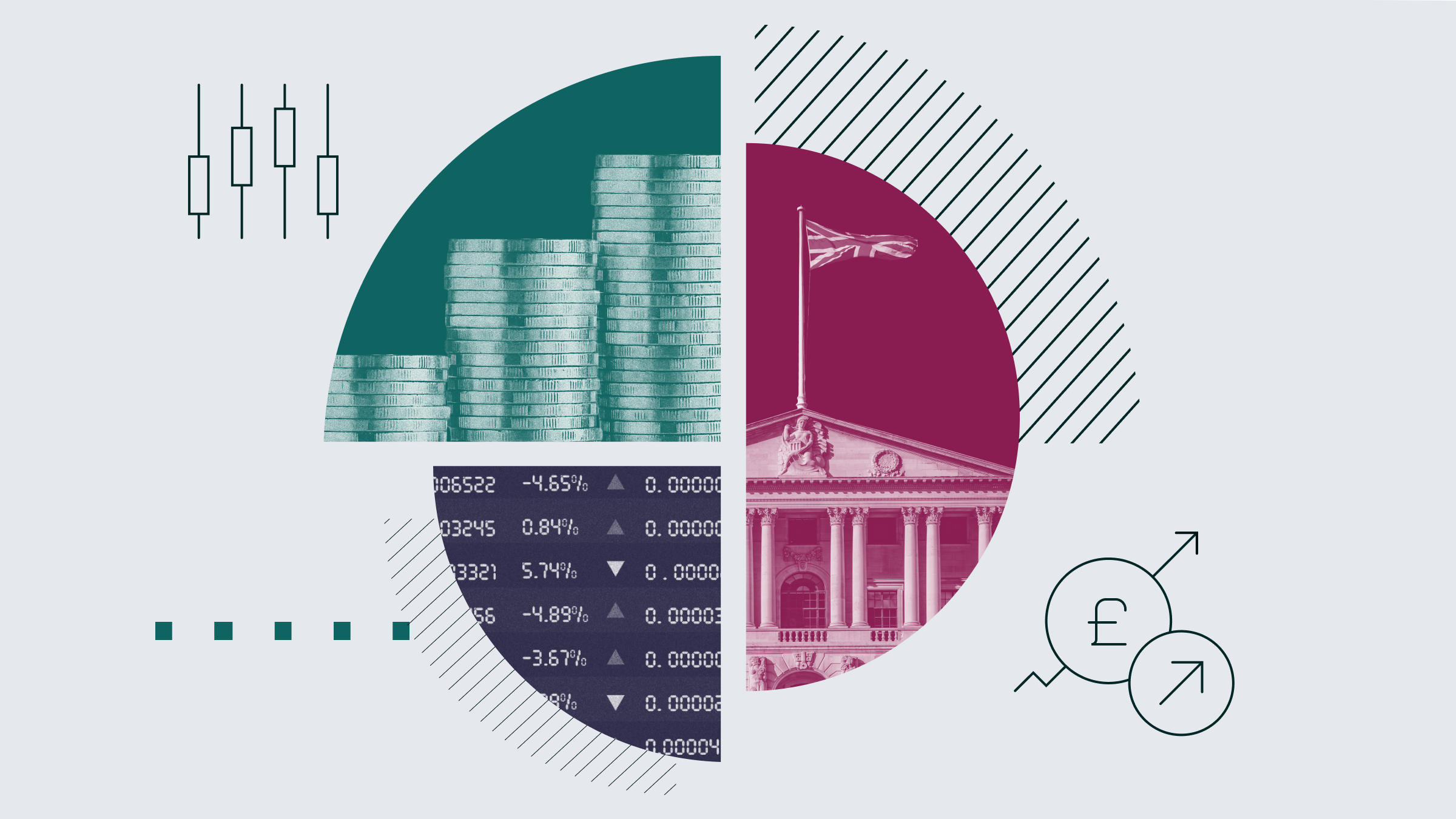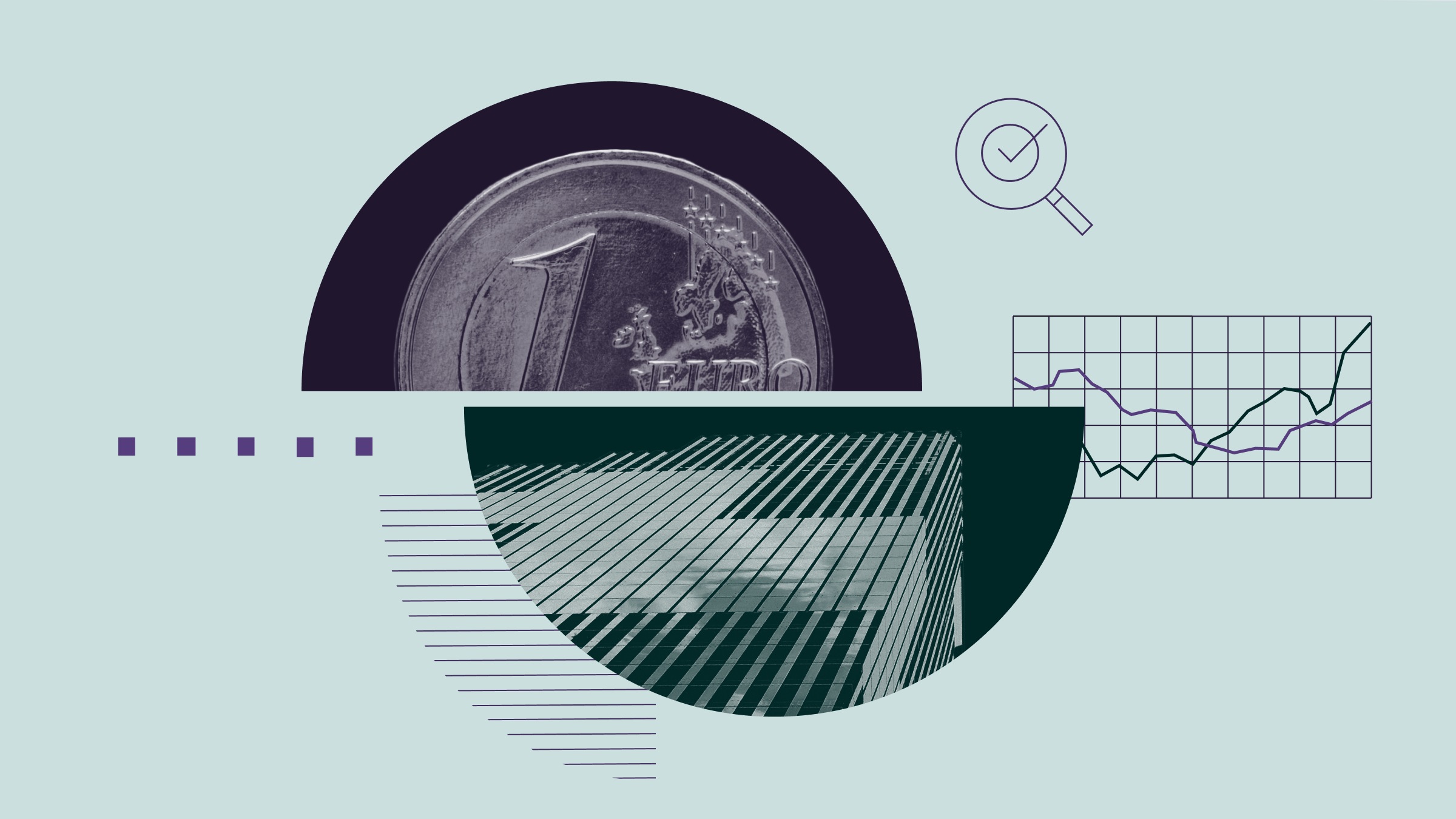Do you believe in the American Dream? The US has managed to pull itself out of the greatest recession in post-war history thanks essentially to several rounds of money printing, but although the economic environment is improving the backdrop remains fragile. The Federal Bank has added $8 trillion to its balance sheet since 2008 in a bid to boost the economy.
As a result, debt rates remain extremely high compared to historical levels, and interest rates extremely low.
"The theme of deleveraging will be much more long term than people are thinking, and long-term yields will be affected," warns Neil Sutherland, US Fixed Income fund manager at STW.
When the Fed will begin to taper quantitative easing is not certain - but it is largely expected in the first half of 2014. Ben Bernanke's final meeting as chairman of the Fed is at the end of the year, and due to psychological reasons - not wanting to go out on such a bold statement - it is assumed he will not announce tapering then. Equally incoming chairman Janet Yellen will not want to kick off tapering in her first month. There is also the consideration of which meetings have a press conference scheduled afterwards, the Fed will be keen to communicate with the press to assuage any worries from both corporate America and the public.
Tapering has to be delicately handled - not just for the US economy but for the global markets that have come to rely on the liquidity.
Some cynics claim that the significant stock market rally in the US is due entirely to quantitative easing - and in turn, the GDP growth.
"The US economy thrives on corporate profits," explains economist Nancy Lazar, of Cornerstone Macro. "It is not the government who creates jobs or boosts capital expenditure on infrastructure and housing - it is US corporates."
Lazar explains that it is due to US companies that the US has been able to squeeze out growth despite such fiscal drag.
This year fiscal tightening at the federal level amounts to $311 billion - or 1.9% of GDP. But according to economist Andy Laperriere this is likely to be reduced to just $53 billion - or 0.9% of GDP. Significantly less fiscal drag will help boost real GDP by at least 1 percentage point, meaning if real GDP is 2% this year, growth could be more than 3% in 2014.
David Lebovitz, Global Market Strategist at JP Morgan, agrees.
"The US economy should grow somewhat faster in 2014 than in 2013, with real GDP growing by between 2.0% and 2.5% over the course of the year. Among the reasons for the acceleration are diminished fiscal drag, still significant pent-up demand for autos, houses and business equipment, the lagged effect of higher wealth on consumer spending, and the positive impact of a stronger global economy on US exports."
This decline in fiscal drag will be countered by a decline in consumer spending, which will be less aggressive in 2014. Over the past year both the stock market and house prices have rallied significantly, helping provide a boost to households' incomes. But both these assets are likely to slow down, and the consumer is increasingly looking to use any spare cash to pay off debts rather than go on a spending spree.
One reason US consumer spending has been so healthy is healthcare. Over the past 35 years, consumer spending as a share of GDP rose from 60% to 70%, driven by families spending more on their healthcare. But healthcare inflation is expected to be constrained next year as families become more picky.
"Consumers are becoming more austere and restrained when it comes to healthcare," explained Lazar. "Employers are passing on more of the costs to their employees when it comes to insurance and benefits, meaning a more considered approach from these employees."
While Lazar was positive about US growth for the near future she said that consumer spending had the power to tip the scales. If consumer spending fell, it could have a serious impact on GDP - perhaps triggered by an interest rate rise.
"This country was built on credit, especially consumer credit," she said. "If consumer spending plummeted $1.5 trillion I predict deflation. I hear rumours of excessive lending again, but I hope they are not true."



























